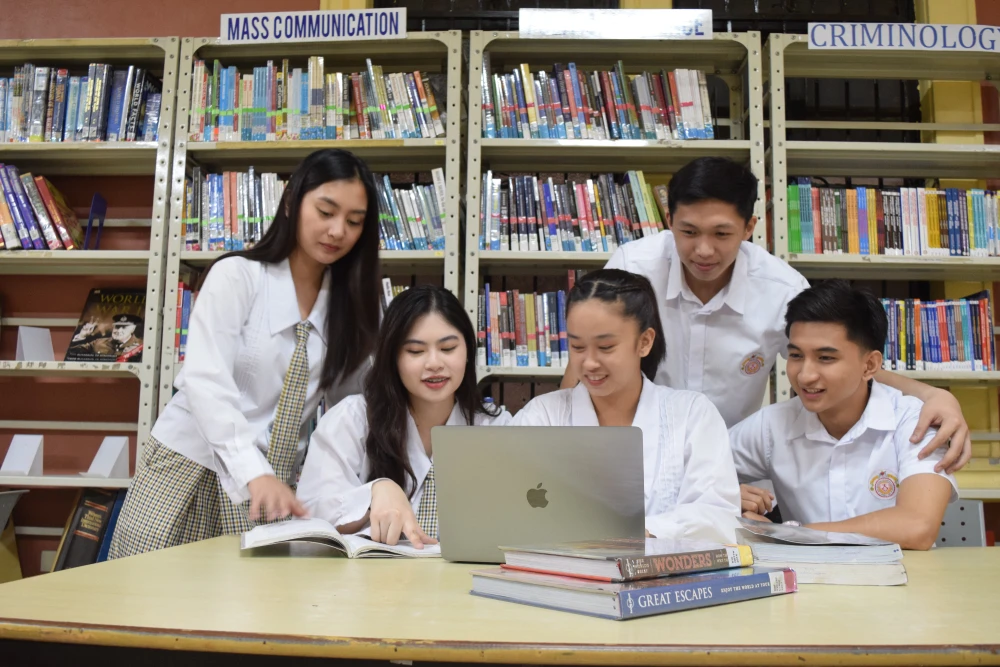by Kyle James S. Solar

News regarding the “Big One” circulated the different media outlets and the internet. The Big One — as the media call it — is a 7.2 magnitude earthquake that would probably hit Metro Manila and its surrounding provinces once a rupture in the Valley Fault System (VFS) takes place. According to the Philippine Institute of Volcanology and Seismology (PHIVOLCS), the VFS is an active fault system in the Greater Metro Manila Area with two fault traces: the 10 km long East Valley Fault in Rizal, and the 100 km long West Valley Fault that runs through different cities and towns of Bulacan, Rizal, Metro Manila, Cavite and Laguna. The West Valley Fault can generate a powerful quake that could result to casualties of up to 33,000 dead and 100,000 injured, as well as the destruction of houses, buildings and livelihood.
In response to this threat, different institutions, local government units and non-government organizations disseminate information and conduct talks, trainings and drills on Disaster-Risk Management. The San Sebastian College – Recoletos Manila prepared by immersing the community in similar activities.
Last July 21, a symposium entitled “Disaster Management: Earthquake Awareness and Preparedness” was conducted at the SSC-R Manila Bulwagang Diego CeraIMG_8856 with PHIVOLCS Director Renato “Rene” Solidum Jr. as the speaker. Organized by the High School Department, the event was also held in time for this year’s Science Week.
Solidum talked about the Philippine’s history on earthquake disasters including that of 1990 that devastated Baguio and Northern Luzon, as well as the 2013 earthquake in Bohol and Cebu that claimed lives and destroyed treasured Heritage Sites. According to him, 20 earthquakes hit the Philippines everyday, but only a few can be felt and, for the past 400 years, only 90 destructive earthquakes were recorded. He also explained the science behind the earthquakes in the Philippines and the basis for the anticipated “Big one”. The Big one is to be expected within a timeframe starting today up to 50 years, this is based on the fact that the West Valley Fault, the fault responsible for a possible 7.2 magnitude earthquake, has a movement interval of 400 years (+/- 10-100 years). The fault has moved four times in the past 1400 years, and the last fault was in 1658, around 355 years ago, thus it is expected to happen within our generation or the next.

The PHIVOLCS Director also explained the importance of “Disaster Imagination” in response to such events. He explained that preparation, adaptation and solutions are generated by anticipating the different possibilities given a disaster scenario. Solidum continued by sharing the Dos and Don’ts before, during, and after an earthquake. He reiterated the need for earthquake preparations as he said, “If we are prepared for the strong ones, we are prepared for the weaker ones.” He ended his talk by urging the institution to evaluate its earthquake preparations, and by reminding everyone to get involved in such endeavors.
A certificate was awarded to Director Solidum by Rev. Fr. Gaudencio Geronimo L. De Mesa Jr, OAR and Mrs. Rosemarie Agoncillo, in behalf of SSC-R President Rev. Fr. Nemesio D. Tolentin, OAR and High School Principal Dr. Juliet M. Baltazar. Closing the event, Rev. Fr. Ferdinand V. Fornilos, OAR expressed gratitude for Dir. Solidum’s talk. He then also reminded everyone to commit to preparing for the possible event and to render loving care for mother nature.
Continuing the immersion in response to the Big One, the Sebastinian Community also actively joined the Fire and Earthquake Drill and Disaster Risk Reduction Management at the SSC-R Manila Quadrangle last July 23, made possible by the collaboration of the SSC-R Human Resource Development Center, the Grade School Department, the High School Department, and the Safety and Security Office. The earthquake drill was followed by a Fire Demo by the Bureau of Fire Protection. Introduced by the Vice President for Student Welfare, Rev. Fr. Glynn C. Ortega, OAR, National Youth Commission (NYC) Assistant Secretary Jose Sixto “Dingdong” Gonzales Dantes III, a local celebrity, delivered a short speech for the San Sebastian community.

Mr. Dantes talked about preparedness and that of protecting selves, families, schools, and communities. He also introduced the idea about the youth as partners in Disaster-Risk Management. Lastly, he encouraged everybody to join the Metro Manila Earthquake Drill on the 30th of July.
fter Mr. Dantes’ speech, the San Sebastian Emergency Response Team was introduced by Mr. Noel Casumpang, the Chief Security and Safety Officer. The Emergency Response Team is composed of different members of the community led by Rev. Fr. Nemesio Tolentin, OAR ,and Mr. Noel Casumpang as Controller and Head of Operations. Five Team Leaders were appointed and each given a respective task, to wit: Dr. Zaela Mailom as head of the Medical Team; Mr. Wilmer Principe of the Evacuation Team; SO Melchor Topacio of the Fire Fighting Team; SO Paul Irinco of the Security Team; and SG Marlon Ulep of the Search and Rescue Team.
The Response Team’s oath-taking that followed was led by Mr. Dantes. Ending the event, a certificate and token of appreciation was awarded to Mr. Dantes by Rev. Fr. Emeterio D. Buñao, OAR (VP for Administration) and Ms. Veronica Cosme.
As a community, SSC-R Manila braces itself by preparing a series of related activities for the following months, strengthening the community’s preparedness for disasters such as the Big One.





